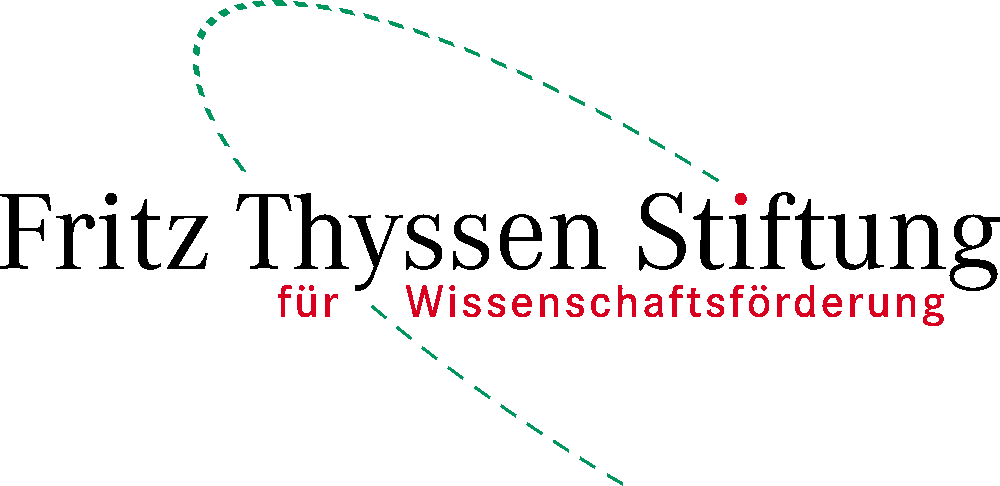James Yates an Wilhelm von Humboldt, 14.06.1828
Liverpool. June 14.th 1828.My dear Baron,
I have the pleasure of writing to your excellency to communicate some circumstances, which have come to my knowledge during my visit to this town, and which, I have thought, might be interesting to you in connection with your present studies. In the library of the Athenæum in Liverpool are the following works on the languages of the S. American Indians, spoken in Peru.
1. Vocabulario en la Lengua General del Peru, llamada Quichua, y en la Lengua Española, por el Padre Maestro Fray Juan Martinez, Los Reyes, 1604. 8.
(To this is annexed, Arte de la Lengua General del Peru, llamada Quichua.)
2. Arte y Vocabulario de la Lengua Quichua General de los Indios de el Peru, que compuso el Padre Diego de Torres Rubio, y añadio el P. Juan de Figueredo, Lima 1754. 8.
(The 1.st Edition of this "Arte" is dated "En Lima, por Fr. Lasso, 1619."[a]
3. Vocabulario de la Lengua Aymara, compuesto por el P. Ludovico Bertonio. En la casa de la Compañia de Jesus de Juli, 1612. 4.
(A grammar of this language was printed at Rome in 1603.)
4. Arte de la Lengua Moxa con su Vocabulario y Cathecismo, compuesto por el M. R. P. Pedro Marban, Lima 1701. 8.
5. Arte de la Lengua General de los Indios del Peru, por el Doctor Juan Roxo Mexia y Ocon, Lima 1648. 8.
These books were procured by a Liverpool gentleman resident in Lima, and presented by him to the Athenæum. He says, in a letter to the Librarian, now before me, that a Prussian gentleman in Lima was very desirous of obtaining them for your brother, who no doubt would have transferred them to you. He adds, that he furnished the gentleman with the Moxa and the modern Quichua vocabularies. He considers the Quichua of 1604 and the Aymara of 1612, as almost unique. Of the latter he observes, "It consists of 2 parts, the first Spanish and Aymara, the second Aymara and Spanish. There was to have been a third part; but this, the "Arte" or grammar, it was thought better to print separately"; and as this third part was a mere manual, & very short, he thinks it probable that there is not now a complete copy in existence.
I am sorry to inform your Excellency, that no books are allowed to go out of the Athenæum Library, and that, as I shall leave Liverpool on my return thro’ York to London at the end of next week, I fear I cannot personally render you any assistance in examining them.
In a number of the "Verulam" (a London literary newspaper), which came out about 6 or 7 weeks ago, I saw an account of a kind of grammar of the language spoken by the nations of New Holland[b]; and you are probably aware that the N.° for April last of the North American Review (sold by John Millar, 40 Pall Mall, London) contains a long article on the "Structure of the Indian Languages."
I may congratulate your Excellency on the recent success of our young friend, D.r Rosen, to which, I am persuaded, that your recommendation of him powerfully contributed. I trust you will excuse my freedom in presuming that these four particulars would be worth transmitting to you.
My wife, as she always unites with me in regarding our acquaintance with your family as one of the most agreeable circumstances of our lives, joins also in presenting her best compliments to yourself & the Baroness withYour Excellency’s
obliged and faithful friend & servant
James Yates.
His Excellency
the Minister von Humboldt,
to the care of the Graf von Bülow,
Prussian Ambassador
London.
Fußnoten
- a |Editor| Diego de Torres Rubio (1619): Arte de lengua quichua, Lima: por Francisco Lasso – möglicherweise basierend auf der 1603 in Rom erschienenen Grammatica y vocabulario en lengua Quichua, Aymara y Española.
- b |Editor| Damit ist wohl Threlkeld, Lancelot Edward (1827): Specimens of a Dialect, of the Aborigines of New South Wales; being the First Attempt to Form their Speech into a Written Language, Sydney: Hill gemeint. [FZ]


